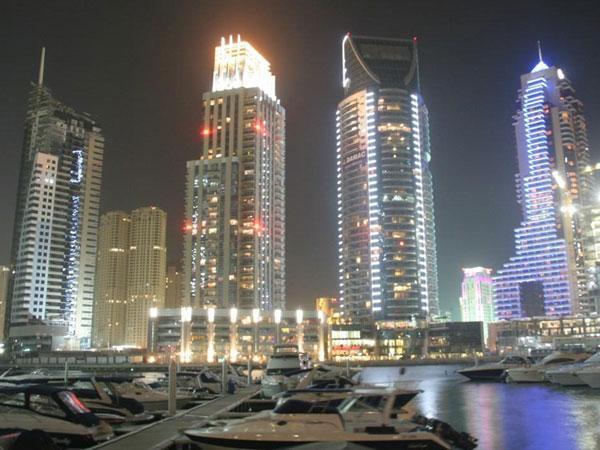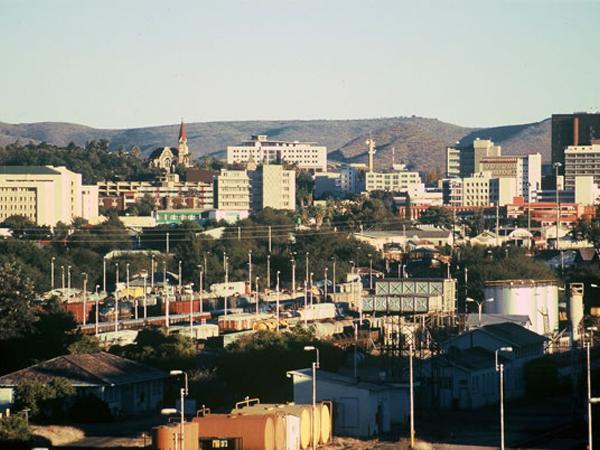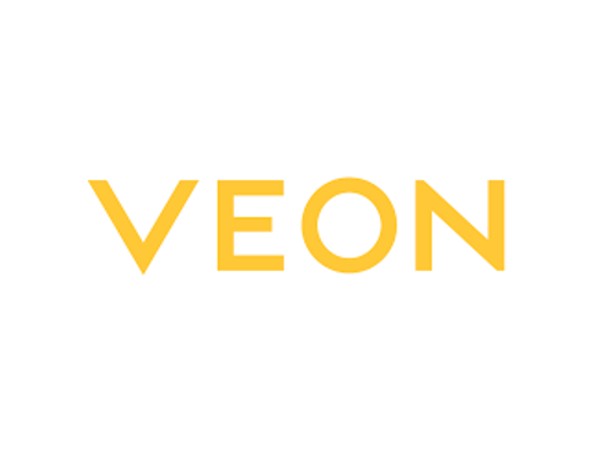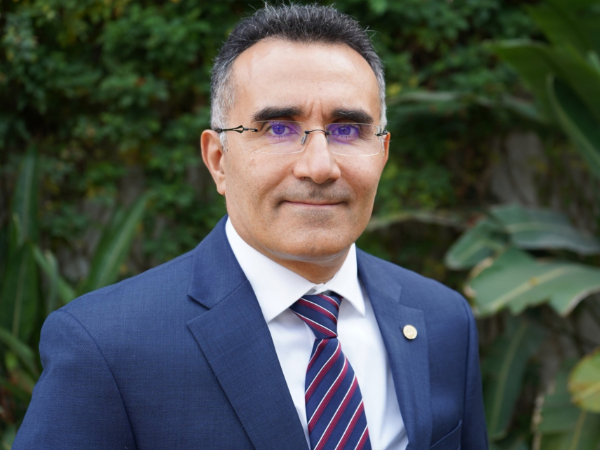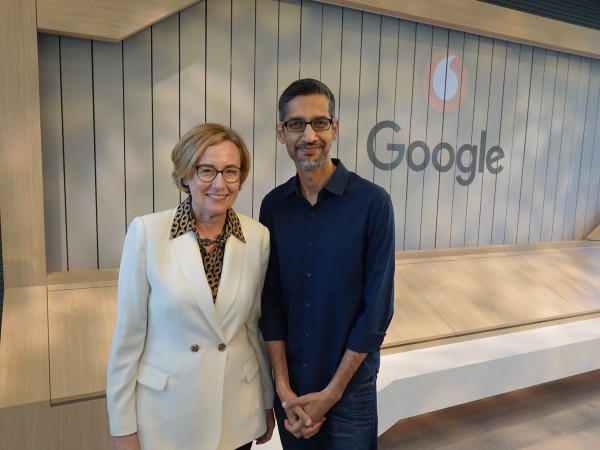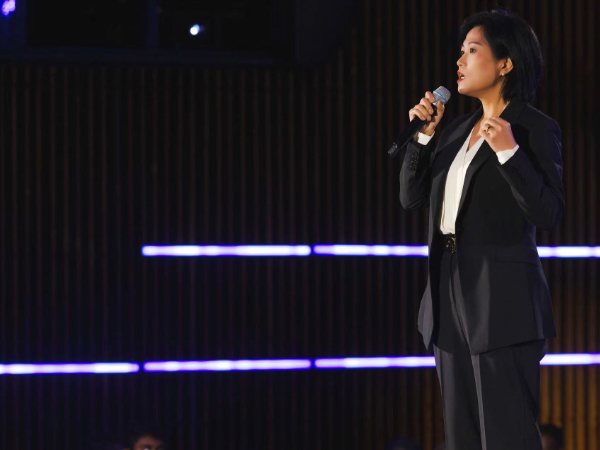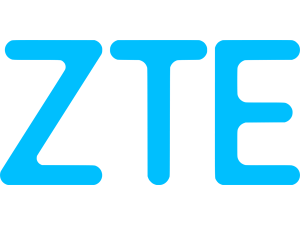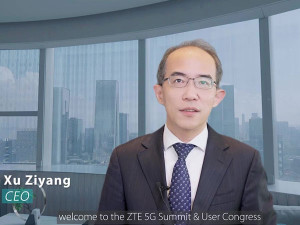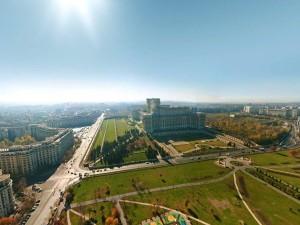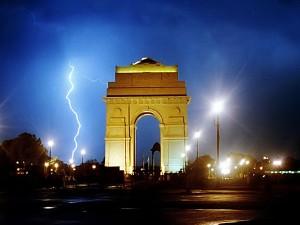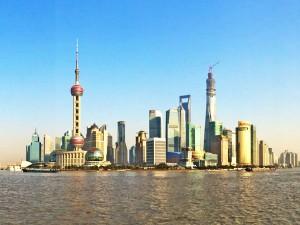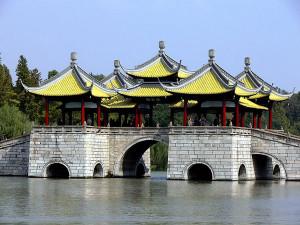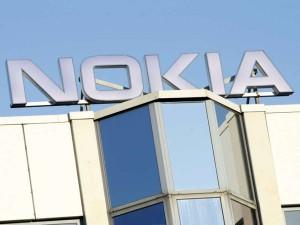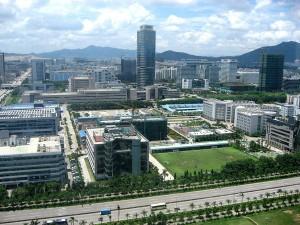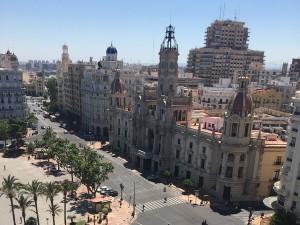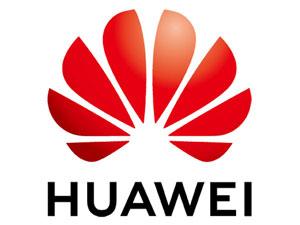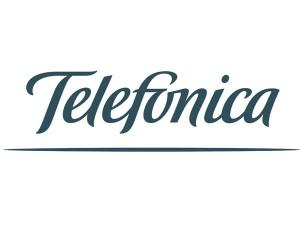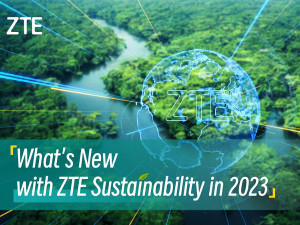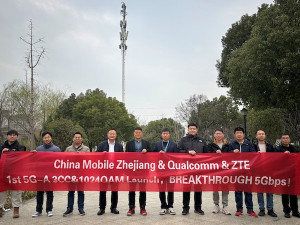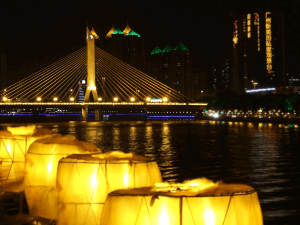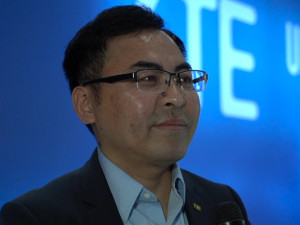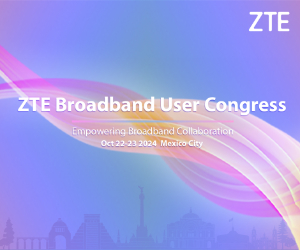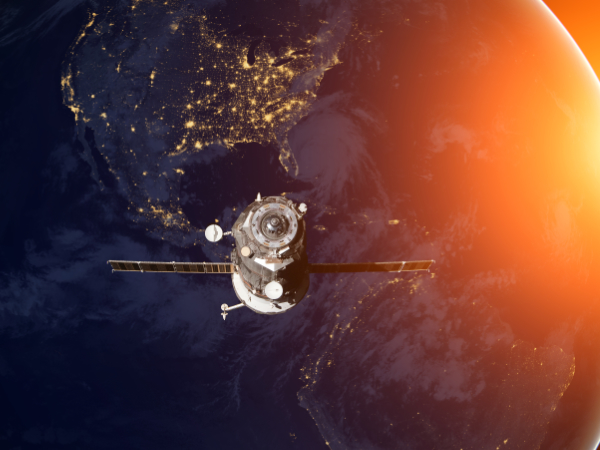At the United Nations Summit of the Future 2024 in New York on 21 September, ZTE Vice President Summer Chen delivered a keynote speech “A Digital Future for All” during ITU’s SDG DIGITAL on how ZTE’s solutions are able to provide connectivity in some of the world’s least developed countries as well as some of its most remote regions.
Chen opened her speech with the story of Kekexili - the world's highest UNESCO World Natural Heritage Site. A fragile ecosystem, home to over 200 species, Kekexili is virtually untouched by human activity, home only to the park rangers who go many months in the wilderness without contacting the outside world to ensure the protection of endangered species such as the Tibetan Antelope, which is sought after by poachers.
In collaboration with China Mobile and Sanjiangyuan National Park, ZTE has helped facilitate the rangers’ mission by connecting the unconnectable, achieving three groundbreaking milestones. Firstly, the successful construction of a 5G base station has enabled real-time observation of endangered animal species, and live-streaming of the Tibetan antelope migration and calving season. Nearly 6.7 million viewers tuned in worldwide, significantly boosting awareness and appreciation of this vital nature reserve.
Secondly, ZTE’s 5G network has allowed the rangers to connect with their loved ones through reliable video calls, overcoming the isolation that once defined their work. Thirdly, 5G-enabled video monitoring has reduced the need for patrols by 80% - this not only facilitates the rangers’ mission, but reduces the risk of exposure to the extremely harsh environment as well as cutting carbon emissions – a major environmental win.
Chen explained that ZTE’s commitment to protecting the environment extends well beyond Kekexili, including projects such as the 5G Bee-o-Meter in Austria which helps to enhance bee survival, and a 5G messaging app in China which is helping to protect pandas. One major initiative was a collaboration with Orange Liberia on the Enhance Rural Area project, which saw ZTE supply its Rural EcoSite to provide connectivity to some of the most remote areas in Liberia.
In this project, 128 full turnkey, low-cost, easy-to-deploy, quickly installed, and environmentally friendly communication sites were built. This initiative addressed network connectivity issues in remote areas that traditional solutions struggle to cover, providing over 580,000 users in the region the opportunity to access 2G and 4G network services.
The low power consumption, wide-coverage RAN solution supports the 700MHz, 800MHz, and 900MHz bands to meet varying national network requirements. It is compatible with multiple standards (2G/3G/4G/5G), allowing for flexible upgrades to match different stages of network development. The transmission solution supports microwave, satellite, and LTE relay, addressing transmission challenges in remote areas. The Liberia rural network project specifically supports 800MHz and 900MHz bands. The network offers 2G voice services for users in remote areas and supports 4G data services.
The solution uses only solar power, supplemented with smart lithium batteries to ensure continuous power supply during nighttime or overcast days when solar energy is insufficient. It operates independently of the grid, addressing power shortages in remote areas and delivering stable network services. The solution’s iEnergy UME dynamically adjusts the load and automatically regulates energy output through intelligent switching devices, enhancing O&M efficiency and reducing site maintenance costs.
Liberia contends with the complexities of national infrastructure, influenced by its unique geographic and climatic conditions. The extended rainy season, lasting over seven months, adds significant challenges to these efforts.
For the rural network project, the team started from scratch building communication networks in isolated rural regions without access to grid power or roads, making construction challenging. leveraging the company’s supply chain and project management, the project team drew up a plan for installing the materials and equipment for all 128 towers that ensured all materials were delivered before the rainy season began to minimize the impact on delivery.
The solution uses an innovative modular tower construction, making it easier to transport and deploy. Tower construction can be completed within a week, reducing network construction costs by as much as 70% and construction time by up to 60%.
Greg Cardoza, CTO of Orange Liberia, said: “By leveraging each other's strengths, we've been able to not only deliver on our commitment to “Enhance Rural Areas” but also pave the way for future collaborations that can further drive digital development in Liberia and beyond.
“We view this as a long-term commitment to local sustainable development. Our work is not just about improving connectivity but creating it where there was none before. As we expand our rural network, our focus will remain on user services—ensuring the network supports the daily lives and productivity of locals, from farmers to students.”
Chen concluded by saying that ZTE is actively contributing to the SDGs by driving digital innovations to foster more resilient ecosystems and prosperous communities.
“Our mission is clear - Enable Connectivity and Trust Everywhere. We see digital inclusion as a cornerstone of the SDGs, ensuring a digital future for all.”

